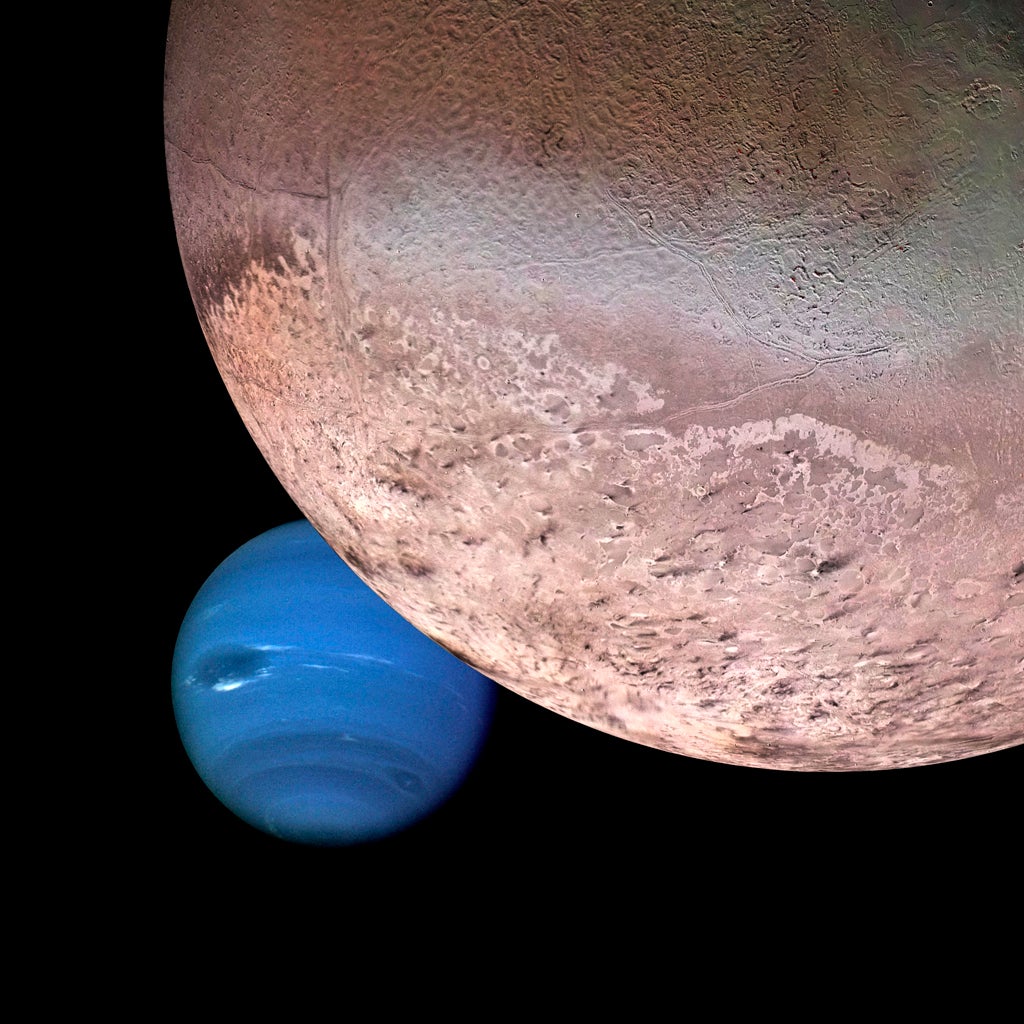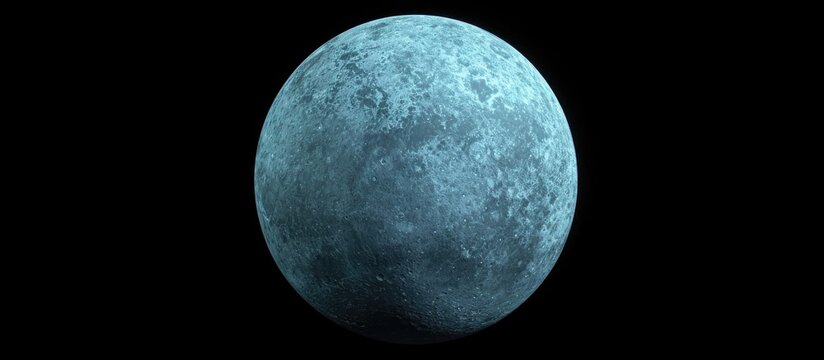Deimos: The Mysterious Moon of Mars
Explore Deimos, the smaller and more distant moon of Mars, shrouded in mystery. Uncover its unusual orbit, smooth surface, and the secrets it holds about the Red Planet’s past.
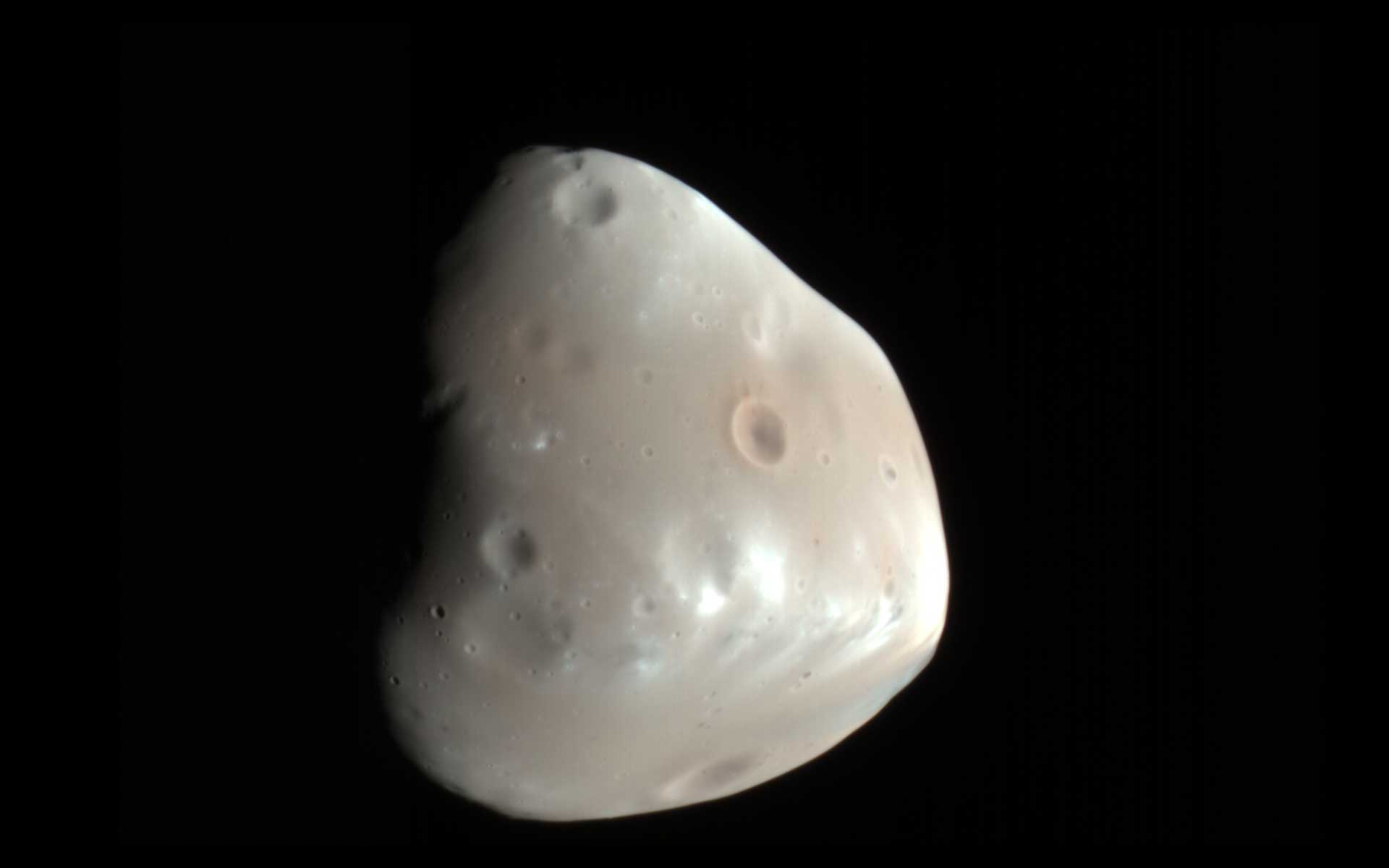
A Tiny and Distant Moon
Deimos, the smaller of Mars’ two moons, is an intriguing celestial body that has puzzled astronomers for centuries. It orbits Mars at a distance of approximately 23,460 kilometers (14,580 miles), much farther than its sibling moon, Phobos. Due to its great distance, Deimos takes about 30.3 hours to complete one orbit around the Red Planet. Unlike Phobos, which is gradually spiraling toward Mars, Deimos is slowly drifting away, making its future even more uncertain.
An Oddly Shaped World
Deimos is not a perfect sphere like Earth’s moon but is instead an irregularly shaped body resembling a lumpy rock. Its dimensions measure approximately 15 × 12 × 11 kilometers (9.3 × 7.5 × 6.8 miles), making it one of the smallest known moons in the solar system. Because of its tiny size, its gravity is extremely weak, meaning that an object dropped from its surface would take several minutes to land. The small size also means Deimos cannot hold onto an atmosphere, leaving it exposed to the vacuum of space.
A Dark and Dusty Surface
Deimos has a surface covered in fine dust, or regolith, that appears dark due to its composition. This dust is made of carbon-rich material and resembles the surface of C-type asteroids found in the outer asteroid belt. The moon reflects very little sunlight, giving it a dull, grayish-brown appearance. This makes it difficult to spot from Earth without powerful telescopes. Despite its dark coloring, Deimos still glows faintly against the backdrop of space when illuminated by the Sun.
A Land of Craters and Boulders
Like most small celestial bodies, Deimos is covered in craters from millions of years of impacts. However, its craters appear less pronounced compared to Phobos. This is because the fine dust that blankets Deimos fills in these features over time, softening their appearance. The two largest craters, named Swift and Voltaire, measure about 3 kilometers (1.9 miles) across. Unlike Phobos, Deimos has fewer grooves and ridges, making its terrain somewhat smoother.
The Mystery of Its Origin
Scientists have long debated how Deimos came to orbit Mars. One theory suggests that Deimos, along with Phobos, was once an asteroid that got captured by Mars’ gravity. This is supported by its similarity to C-type asteroids. Another theory proposes that both moons formed from debris ejected into space after a massive impact on Mars billions of years ago. A third possibility is that Deimos was once part of a larger moon that broke apart over time. The exact answer remains unknown, adding to Deimos’ mysterious nature.
Slowly Escaping Mars
Unlike Phobos, which is doomed to crash into Mars in the next 50 million years, Deimos is moving away from the planet. Over time, its orbit will continue to expand, possibly leading it to escape Mars’ gravity entirely. If this happens, Deimos could become an independent asteroid or even get pulled into the Sun’s orbit. This gradual drift away from Mars sets it apart from most other moons in the solar system.
A Moon With a Faint Shadow
Due to its small size, Deimos does not create a dramatic solar eclipse like Earth's moon. However, when it passes between Mars and the Sun, it casts a faint shadow on the Martian surface. Because Deimos is so small, this event, known as a transit, only dims the sunlight slightly. Scientists have observed these transits using rovers and orbiters around Mars, providing valuable information about the moon’s movement and composition.
A Future Destination for Exploration
Although Deimos is small and distant, it could play a role in future space missions. Some scientists believe that Deimos could serve as a stepping stone for human missions to Mars. Astronauts could use the moon as a base for observing Mars while avoiding the risks of landing directly on the planet’s surface. Its weak gravity would make it easy for spacecraft to land and take off, making it a practical stop for refueling and research before reaching Mars.
A Silent and Isolated World
Deimos is one of the loneliest places in the solar system. With no atmosphere, no signs of life, and almost no geological activity, it remains frozen in time. The moon has likely remained unchanged for billions of years, silently orbiting Mars as the universe evolves around it. Unlike the bustling surfaces of Earth or even Mars, Deimos is a quiet and undisturbed world, untouched by time.
A Conclusion That Draws You In
Deimos may be small, but it holds great mysteries that continue to captivate astronomers and space enthusiasts. With its dark, dusty surface, oddly shaped body, and slow drift away from Mars, this tiny moon offers clues about the early solar system and the future of planetary exploration. Will it one day escape Mars’ grasp, or will humans step foot on its lonely terrain? As we push the boundaries of space exploration, Deimos stands as a reminder that even the smallest worlds have fascinating stories to tell.
What's Your Reaction?







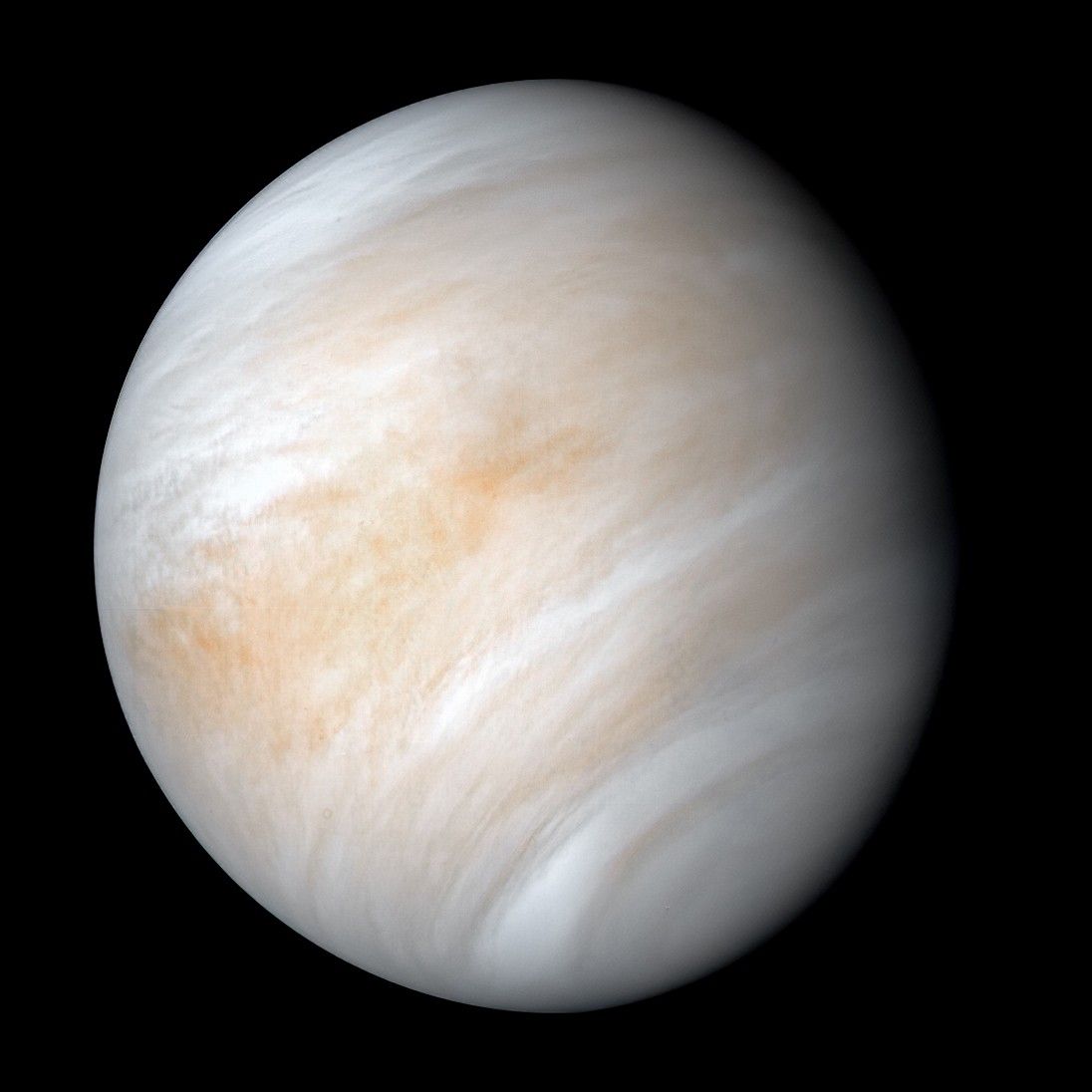

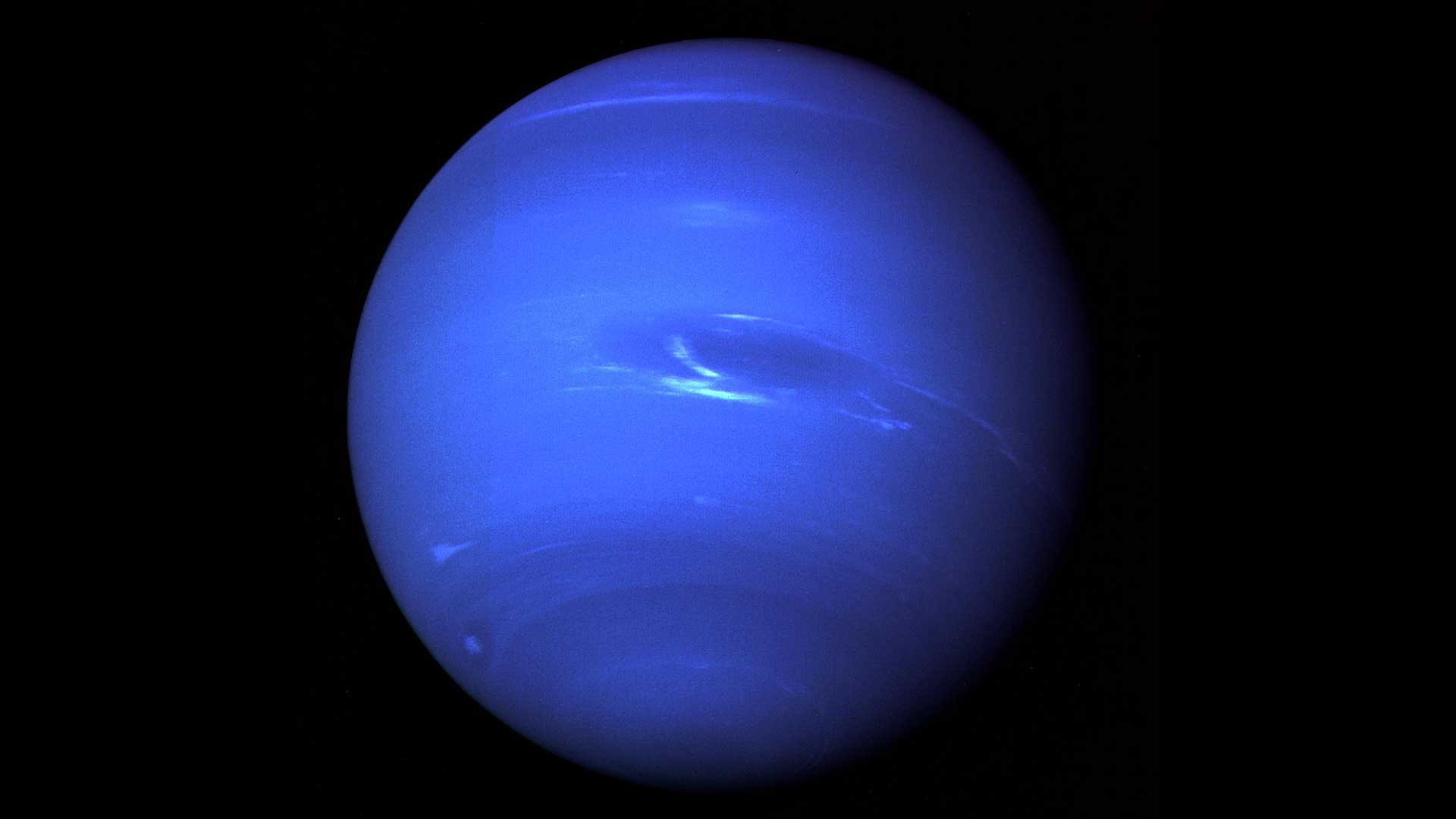

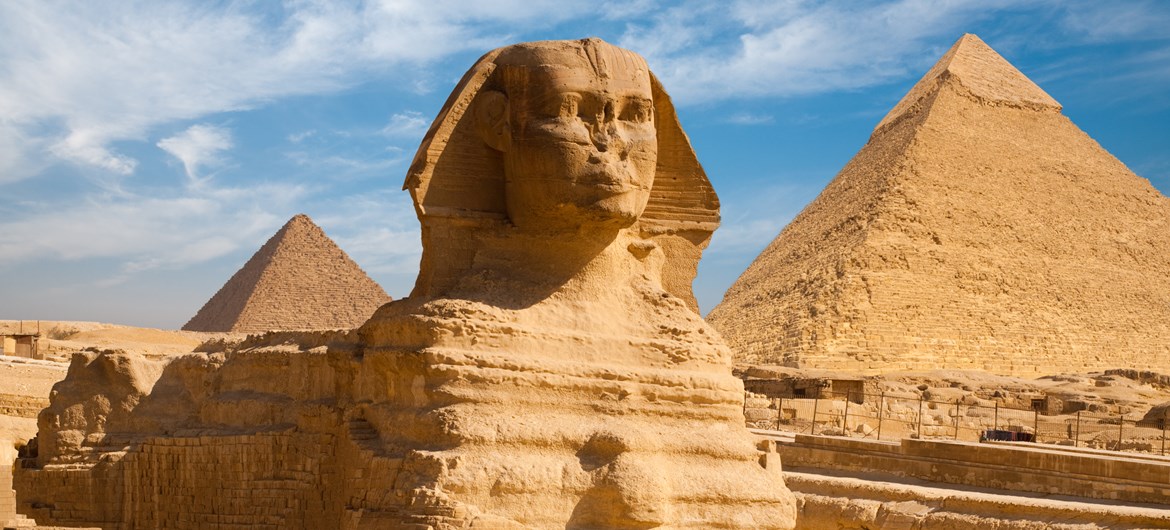
/https://tf-cmsv2-smithsonianmag-media.s3.amazonaws.com/filer_public/54/66/546650fa-26a4-40fd-8d6d-5a7a04540f81/rosetta2.png)
:max_bytes(150000):strip_icc():focal(999x0:1001x2)/robert-prevost-050825-1-39395418ab494da5a3a700c9478e66c8.jpg)


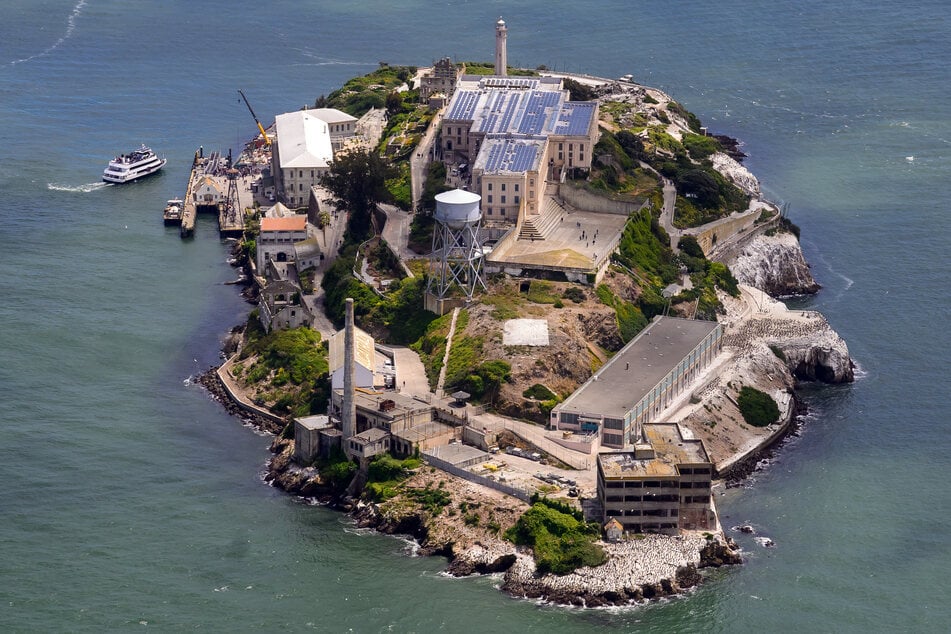












































format(webp))
format(webp))























